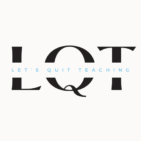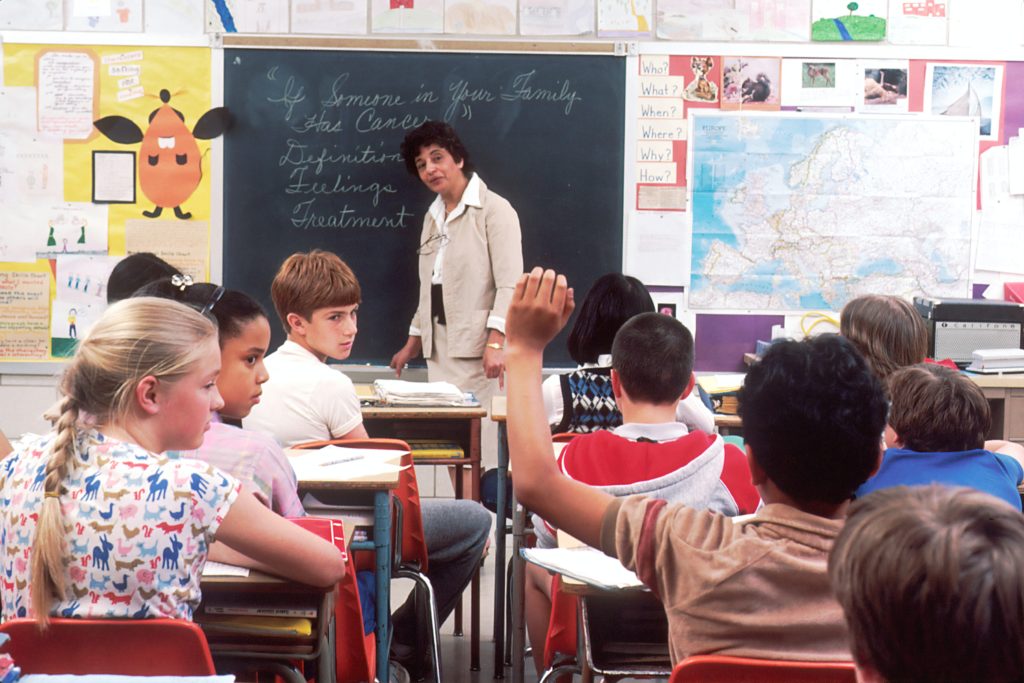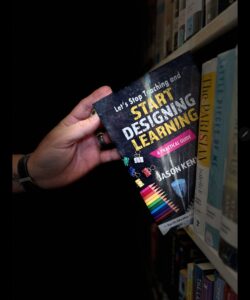If I had to choose one of the ten mindframes of Visible Learning that is most often underused or altogether flat out neglected, it is this one. “I use the language of learning with students and staff.” A HUGE amount of tapped potential lies inside of this seemingly simple concept. So, why don’t we make this part of the culture of our classrooms?
One reason is that we are too focused on teaching the content instead of facilitating the learning. Notice, the mindframe does NOT say, “I use the language of teaching…” It is the first thing we as teachers must come to grips with. We are not here to teach; we are here to cause learning. Those are two completely different things. Teaching is one-way, adult-centered, focused on delivery and direction. Learning is collaborative, student-driven, focused on discovery and decisions. To make the most of this mindframe, we first have to place our attention and intentions on learning above all else.
So, if learning is our goal in the classroom, let’s ask ourselves this question, “Who’s learning is it anyway?” We know the answer. However, when do we share the knowledge of learning with our students? Imagine the impact of having a common language and understanding concerning all things learning among all of your students! What if students knew the function of activating prior knowledge, the purpose of a formative assessment, the use of success criteria and teacher clarity. We read education articles and throw these terms around in professional development and PLC conversations with our peers.
What if you made this language of learning a common practice in the classroom? Students at any grade level can grasp a student-friendly definition of the concepts and now you have made them part of the team for making learning happen. They are informed, engaged and empowered to take ownership of their own learning and their learning as a whole group. They can now work WITH us in the classroom as we all collaboratively seek the same goals using the same language placing all of our focus on learning together. Students will begin to see that the classroom is not a place where they come to comply and work; they will find it can be a place where they come to discover and grow.
Using the language of learning in the classroom forces us to change our intentions and actions from teaching topics to ensuring that we are practicing what we preach collectively to our students. Some have said, “I can see this being used in middle and high school since they are older and can understand these things.” To that I say, I have seen a 6 year old explain her work against a leveled success criteria using learning language to self-assess and create learning goals for her future learning. It can be done. It should be done. Just make the choice for your classroom. You will create a culture of collaboration in learning instead of you having to do all of the “work.” Students will be able to clearly understand the purpose behind the choices you have made as the facilitator of their learning and how it all works together to move them forward. Conversations will be centered on the process and progress of learning rather than the topics and tasks of the teaching.
Start today. Quit keeping the secret of learning from students. They deserve to know. After all, it’s their learning. By doing so, you will be creating a culture of collaboration and cooperation that allows the entire class to work together leading each other in the daily journey of learning in your classroom.


